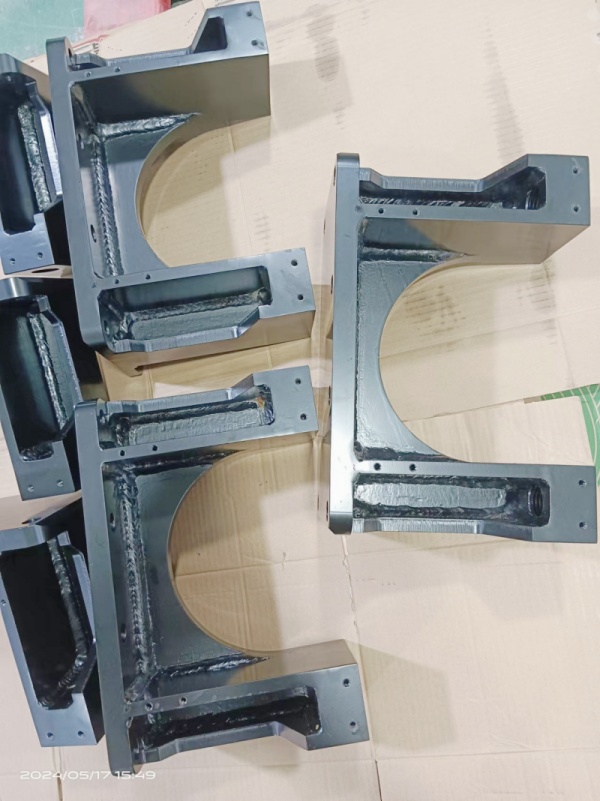Designing sheet metal enclosures is a critical task in various industries, especially in electronics, automotive, and industrial equipment. Here’s a comprehensive guide with tips and best practices:
1. Material Selection
Common Materials: Use materials like stainless steel, aluminum, or cold-rolled steel based on the application. Aluminum is lightweight and corrosion-resistant, while steel provides strength.
Thickness: Choose the appropriate gauge based on the enclosure’s structural needs. Thicker materials are stronger but heavier, while thinner materials are lighter but might require additional stiffening features.
2. Design for Manufacturability (DFM)
Minimize Complex Bends: Simple bends reduce manufacturing costs and improve precision. Avoid very small bend radii, as these can cause material cracking.
Standard Tolerances: Keep tolerances within industry standards to avoid complications during manufacturing. Overly tight tolerances can increase costs and complicate production.
Bend Relief: Include bend reliefs where cuts or bends intersect to avoid tearing and ensure clean edges.
Hole Placement: Place holes at least twice the material thickness away from bends to prevent deformation.
3. Bending and Forming Considerations
Bend Radius: Maintain a consistent bend radius, ideally equal to the material thickness. Sharp bends can cause material fatigue and cracking.
K-Factor: Understand the K-factor, which relates to how much the material stretches during bending. This affects flat pattern layouts and final dimensions.
Grain Direction: Design bends parallel to the grain direction of the sheet to reduce cracking and improve strength.
4. Fastening and Joining
Tabs and Slots: Use tabs and slots for self-locating parts. This simplifies assembly and increases strength.
Welding Considerations: For welded joints, ensure proper overlap and accessibility for welders. Avoid placing welds near bends or on stressed areas.
Hardware: Consider using PEM (self-clinching) fasteners, screws, or rivets for assembly. These should be positioned to avoid interference with other components.
5. Ventilation and Thermal Management
Ventilation Holes: Include ventilation holes or louvers for air circulation to manage heat. Ensure these do not weaken structural integrity.
Thermal Pads and Heatsinks: Use thermal pads or heatsinks for areas with high heat generation. Place them where they can be effective without obstructing other components.
6. Surface Finish
Powder Coating: Provides a durable finish and is available in many colors. It’s resistant to wear, corrosion, and weathering.
Galvanization: For corrosion resistance, particularly in outdoor applications, galvanization is a good choice.
Anodizing: If using aluminum, anodizing enhances corrosion resistance and allows for colored finishes.
7. Accessibility and Serviceability
Access Panels: Design access panels for areas requiring maintenance or frequent adjustment. These should be easy to remove and replace.
Cable Management: Include provisions for cable management, such as grommets, clips, or channels, to keep wiring organized and secure.
8. Environmental Considerations
Sealing: For outdoor or harsh environments, use gaskets and seals to protect against water, dust, and other contaminants.
EMI/RFI Shielding: If electromagnetic interference is a concern, include shielding features in the design.
9. Prototyping and Testing
Rapid Prototyping: Use rapid prototyping techniques like laser cutting and 3D printing to create prototypes before full-scale production. This helps identify design flaws early.
Fit and Finish Testing: Assemble prototypes to test for fit, finish, and functionality. Make adjustments as needed.
10. Cost Considerations
Material Efficiency: Design parts to minimize waste by optimizing the sheet layout. Nest parts efficiently to reduce material costs.
Simplicity: Avoid unnecessary complexity. Simple designs are easier to manufacture, assemble, and maintain, reducing overall costs.
Conclusion
Following these tips and best practices will help ensure that your sheet metal enclosure designs are functional, cost-effective, and manufacturable. Collaboration with fabricators during the design process can also provide valuable insights, leading to better outcomes. click sheet metal fabrication company china or china sheet metal forming manufacturers to learn more about sheet metal fabrication services.
From Sheet Metal Fabrication Companies in China– JIATONG
